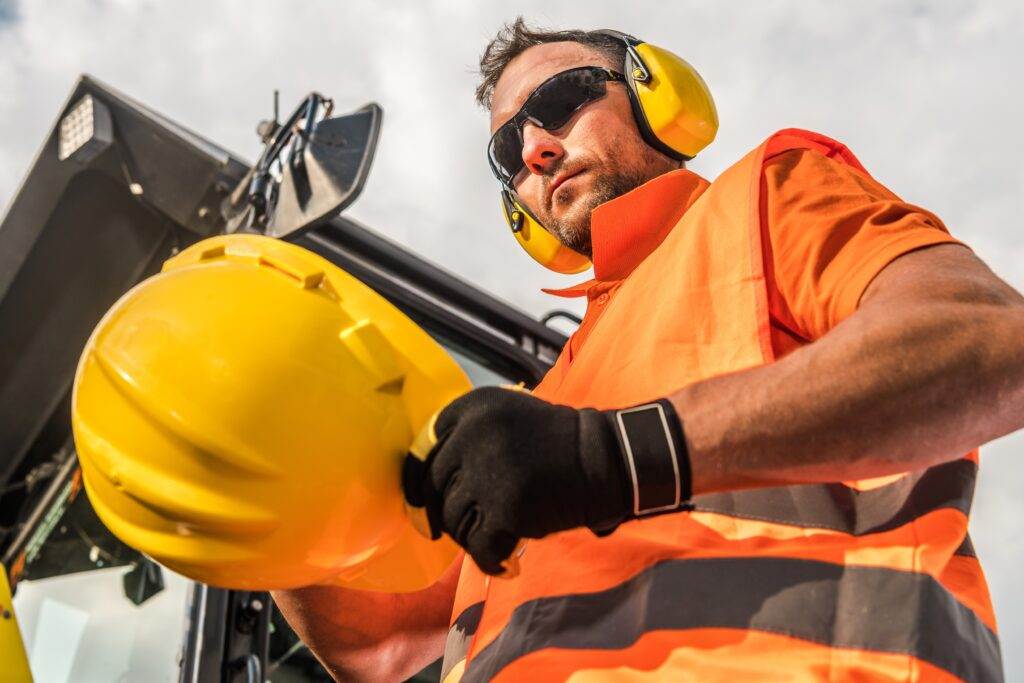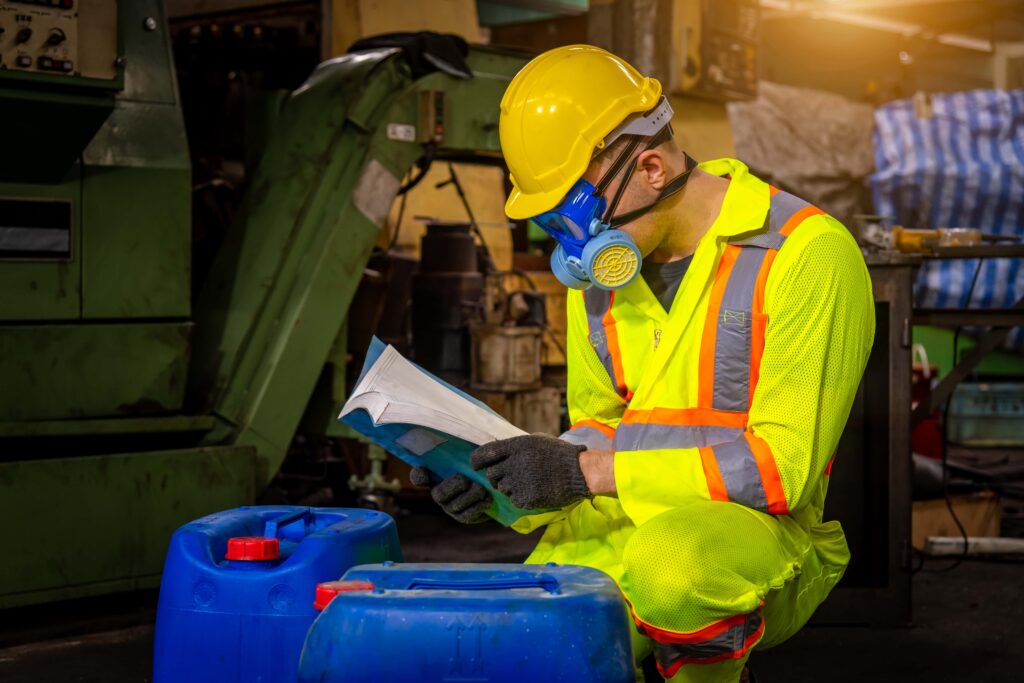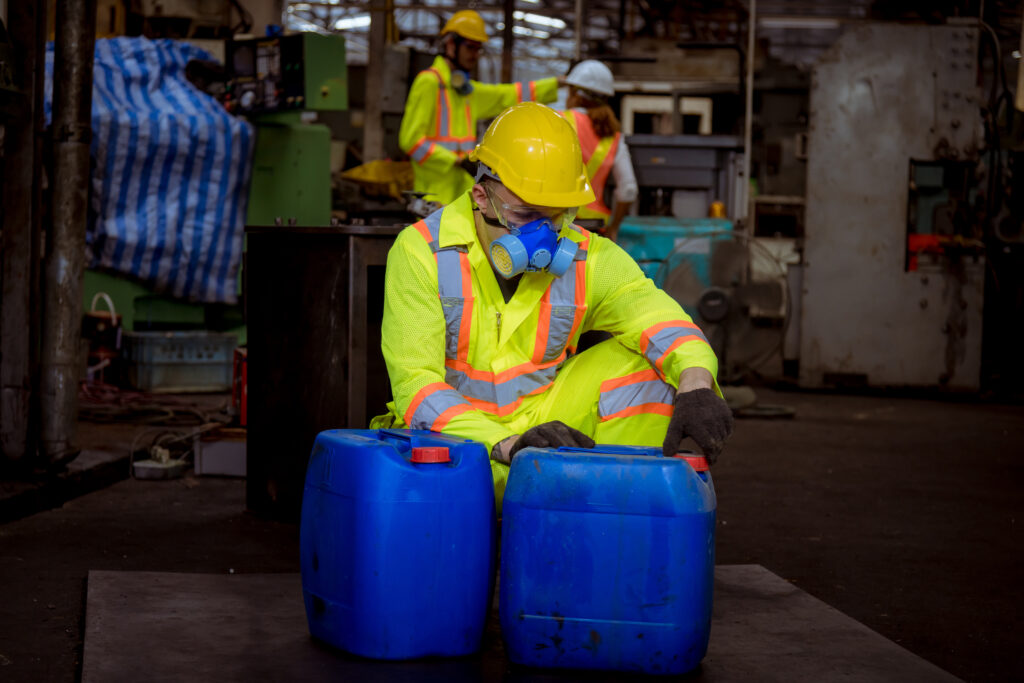Provided by: Three Sixty Safety
Head Protection
In manufacturing, head injuries from falling, flying, or fixed objects can be prevented by wearing the proper head protection. When these types of injuries occur, they can lead to significant head trauma or even irreversible, long-term damage.
To ensure your workplace safety, few things are more important than proper head protection. In fact, the proper protection can:
- Prevent sharp objects from penetrating the head
- Absorb the shock of a blow
- Protect against electrical shock and burns
This flyer provides a general overview of the different types and classes of head protection, as well as maintenance tips to keep in mind.
Types and Classes
When it comes to head protection, there are several different types and classes. The list below highlights the distinctions between the different types of hard hats:
Types
- Type 1—Type 1 is designed to reduce the impact of blows to the top of the head. While this type of protection is great for falling objects, Type 1 head protection provides no defense for blows to the sides of the head.
- Type 2—Type 2 is intended to reduce the impact of blows to the top or sides of the head.
- Bump caps—Bump caps are designed to provide protection for employees who work in areas with low clearance. While they may offer a certain level of protection in these situations, bump caps do not meet the definition of a hard hat as specified by OSHA and the American National Standards Institute (ANSI). As such, this type of head protection may not provide adequate defense against manufacturing hazards.
Classes
- Class C—Class C (conductive) is not intended to provide protection should it come into contact with electrical hazards.
- Class G—Class G (general) is intended to reduce the danger of contact with low-voltage conductors. This class of head protection is required to pass a proof test of 2,200 volts.
- Class E—Class E (electrical) reduces the danger of contact with higher voltage conductors. This class of head protection is nonconductive and proof-tested at 20,000 volts.
The type and class of protection you use should be appropriate for the task you are performing.
Care and Maintenance
As with all types of personal protective equipment should be inspected regularly and well-maintained. The following are some care and maintenance tips to consider:
- Inspect daily. When inspecting, look closely for any cracks and holes on the shell. In addition, examine the suspension system to ensure it’s installed correctly and shows no signs of damage.
- Avoid wearing head protection backward or in an unintended fashion.
- Store in a clean area where it isn’t exposed to direct sunlight.
- Clean regularly with warm water and a mild soap.
- Follow the original manufacturer’s guidelines on use, maintenance and replacement.
Above all, replace head protection if you notice any signs of wear or damage. For additional questions regarding safety, speak with your supervisor.
This Safety Matters flyer is for general informational purposes only, and is not intended as medical or legal advice.








